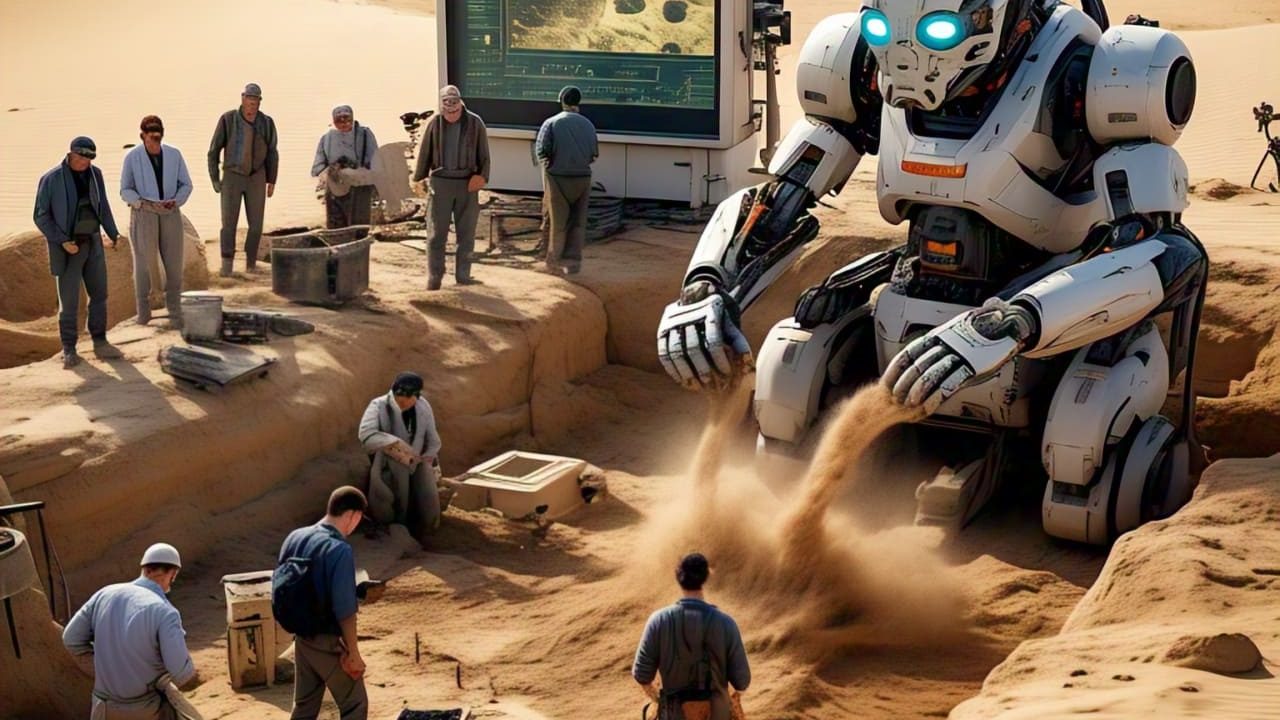
Archaeology, the study of human past through material remains, has been a labor-intensive and time-consuming process. However, with the advent of Artificial Intelligence (AI) and machine learning, the field is witnessing a digital revolution. Recently, AI has been used to discover a lost city, and this has opened up new avenues for archaeologists to explore.
Introduction to AI in Archaeology
AI has been increasingly used in various fields, including archaeology, to analyze and interpret large datasets. In archaeology, AI can be used to analyze satellite images, identify patterns, and predict the location of potential archaeological sites. This can help archaeologists to focus their efforts on the most promising areas, reducing the time and cost associated with traditional excavation methods.
Real-World Examples
There are several examples of AI being used in archaeology to discover new sites and analyze existing ones. For instance:
- The discovery of a lost city in Mexico using AI-powered analysis of satellite images.
- The use of AI to analyze the ancient city of Petra in Jordan, revealing new insights into its history and architecture.
- The application of AI to study the ancient Indus Valley Civilization, providing new insights into its urban planning and architecture.
How AI is Used in Archaeology
AI is used in archaeology in several ways, including:
- Image analysis: AI can be used to analyze satellite images and identify potential archaeological sites based on factors such as vegetation, soil type, and topography.
- Pattern recognition: AI can be used to identify patterns in large datasets, such as the distribution of artifacts or the layout of ancient cities.
- Predictive modeling: AI can be used to predict the location of potential archaeological sites based on historical and environmental factors.
Benefits of AI in Archaeology
The use of AI in archaeology has several benefits, including:
- Increased efficiency: AI can analyze large datasets much faster than human archaeologists, allowing for more efficient use of time and resources.
- Improved accuracy: AI can identify patterns and anomalies that may be missed by human archaeologists, leading to more accurate interpretations of data.
- Cost savings: AI can reduce the cost of archaeological excavations by identifying the most promising areas to excavate.
Challenges and Limitations
While AI has the potential to revolutionize the field of archaeology, there are also several challenges and limitations to its use, including:
- Data quality: AI requires high-quality data to produce accurate results, and archaeological data can be incomplete, biased, or inaccurate.
- Interpretation: AI can identify patterns and anomalies, but human archaeologists are still needed to interpret the results and provide context.
- Ethics: The use of AI in archaeology raises ethical concerns, such as the potential for cultural appropriation and the impact on local communities.
Conclusion
The use of AI in archaeology has the potential to revolutionize the field, allowing for more efficient, accurate, and cost-effective excavations and analyses. However, it is also important to recognize the challenges and limitations of AI in archaeology, including data quality, interpretation, and ethics. As the field continues to evolve, it is likely that we will see more innovative applications of AI in archaeology, leading to new discoveries and a deeper understanding of human history.
For more information on the use of AI in archaeology, please visit the following resources:













